52 Ancestors,
in 52 Weeks
Week 37:
On The Farm
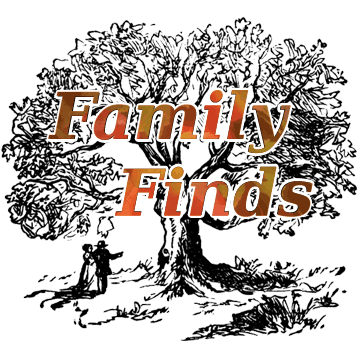
On the Farm
The large majority of my pre-20th century ancestors were farmers. Most lived and worked on farms they owned or rented. Some of my male ancestors worked on the farms of others as farm labor, earning a living until they could purchase a farm of their own. One of my ancestors had a unique route to farm labor and then farm owner. My 4th great grandfather Jacob Kready, 1748-1828, came to America during the American Revolution as a soldier hired by the British. Ultimately he became a successful farmer in Pennsylvania.
Jacob Kready, 1748-1828
Little is known about Jacob Kready’s (born Johannes Jakob Crede) early life, but it is believed he was born in Martinhagen, Hesse-Cassel in present-day Germany. [1] This small town is north of Frankfort, about half the distance to Hanover. Jacob was probably the son of a tenant farmer. But, all boys and men in Hesse-Cassel trained from an early age as soldiers. The Prince who ruled Hesse-Cassel, Frederick II, regularly hired out the regiments of soldiers to other royal states and countries for military service. Evidently Hesse-Cassel had little else to recommend it beyond its’ professional army. [2, 3] So, it’s possible Jacob saw his assignment in America as an economical way to immigrate and find a better life for himself.
Military Service
According to Jacob’s military record he was a private with a regiment called Grenadier under several commanders: von Rall in 1776; von Woellwarth in 1777; von Trümbach in 1779; and d’Angelelli in 1781. [4] Also according to Jacob’s record he “deserted to the enemy.” It is NOT clear from the record when this supposed “desertion” happened. [5, 6, 7] The family history contends that Jacob was among the German soldiers who were taken prisoner by the Americans at Trenton in late December 1776.
Prisoner of War
During the American Revolution many of the German prisoners of war were sent to Pennsylvania to work as farm laborers to supplement the loss of local men to the war effort. [8] The belief that Jacob was interned as farm labor is part of family history. However, source records do not conclusively support the family narrative. It’s possible Jacob arrived in PA at a later date, or not as a POW.
Throughout the war, Congress offered land and citizenship to any of the European soldiers who chose to desert and support the American cause. Furthermore, at the end of the war many of the German soldiers chose to remain in America and become part of the new nation. I do not know if Jacob received any formal incentive to stay in America, but I do think he had an incentive.
Kready Farm
Farm Labor
Family history says Jacob Kready came to Manor Township in Lancaster County, PA as interned farm labor. While in Manor township, Jacob became acquainted with the Frey family. Possibly he worked on their farm, or he may have met them at church. The Frey’s were recent German immigrants themselves, having arrived just a few years before the Revolution. There were many German immigrants in Lancaster County during the mid-18th century. No doubt the German soldiers, turned farm laborers, felt comfortable and even accepted among these people.
Farming, Marriage and Family
The Frey’s daughter Elizabeth, 1769-1856, was just a young girl when the Revolution ended. [9] But, in 1789 when she married Jacob Kready she was 21 years old. [10] The couple would go on to have 9 children, all surviving to adulthood. As a result, Jacob and Elizabeth may well have more than 10,000 descendants alive today. Jacob continued farming until his death in 1828. He left a will that names his wife and all of his children. He left a sizable estate, all of it going to Elizabeth but decreed that upon her death it be divided equally among the 9 children, or their heirs. Jacob and Elizabeth are buried on their farm. Their descendants gathered in 1927 to dedicate a monument at their graves. It is inscribed, “Let their bones rest undisturbed.”
Conclusion
I cannot be certain of my 4th great grandfather’s service record as a Hessian soldier. On the other hand, I can be certain he was a farmer in Lancaster County. And as a result, he met and married another farmer’s daughter. Both Jacob and Elizabeth were immigrants and would almost certainly have never met, if not for the desire of a better life in America. Life on the farm was good for my ancestors, and by extension for me.
SOURCES:
- Profile for Johan Jacob Kready, ‘Osborn‘ family tree, Ancestry.com; https://www.ancestry.com/family-tree/person/tree/13493206/person/814802484/facts
- Webpage, Wikipedia: Germans in the American Revolution; https://en.wikipedia.org/wiki/Germans_in_the_American_Revolution#Hesse-Kassel
- Article, “8 Fast Facts about Hessians” by Collins, Bethany; 19 August 2014, Journal of the American Revolution. Access online: https://allthingsliberty.com/2014/08/8-fast-facts-about-hessians/
- Webpage, Rev War Talk; https://www.revwartalk.com/grenadier-regiment-von-rall-later-von-woellwarth-1777-von-truembach-1779-d-angelelli-1781/
- Entry for Jakob Krede, arrival year 1777, Original source: Hessian Troops in the American War for Independence, page: 117, compiled by P. Wm. Filby, Pub: Gale Research, 2012 Code: 3067.32, Bib: Hessische Truppen im Amerikanischen, pub: Marburg: Archivschule Marburg 1976-1987.
- Webpage, Hessian Troops in America; https://www.lagis-hessen.de/en/subjects/idrec/sn/hetrina/id/24549
- Webpage, AmRev Hessians, data supplied by John Merz; http://freepages.rootsweb.com/~amrevhessians/military/a/amhessians.htm
- Webpage, History of Berks County; https://www.berkshistory.org/multimedia/articles/hessian/
- Profile for Elizabeth Frey, ‘Osborn‘ family tree, Ancestry.com; https://www.ancestry.com/family-tree/person/tree/13493206/person/814802486/facts
- Entry for Jacob Kready, Genealogical Card File. Lancaster Mennonite Historical Society, Lancaster, Pennsylvania. Online at Ancestry.com: Lancaster, Pennsylvania, U.S., Mennonite Vital Records, 1750-2014
- Entry for Jacob Kready, U.S. Federal Census, Year: 1820; Census Place: Manor, Lancaster, Pennsylvania; Page: 356; NARA Roll: M33_106; Image: 202
1 Comment
Submit a Comment




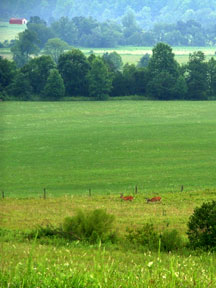
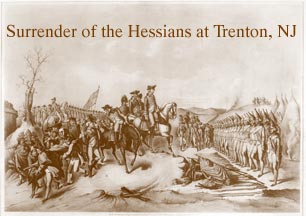
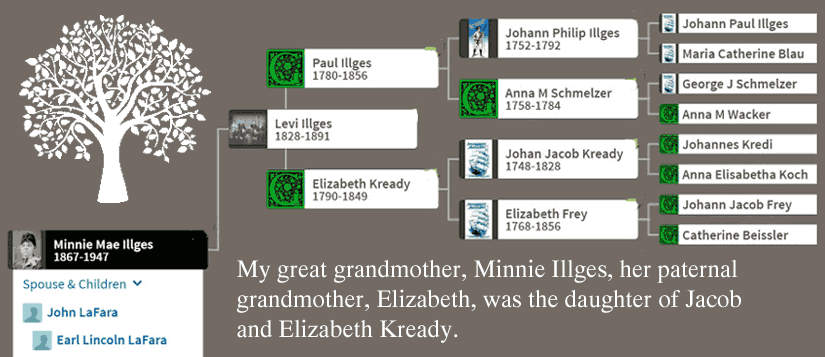
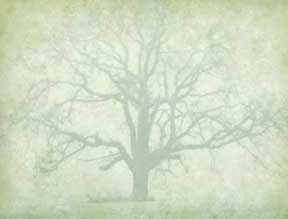
One of their daughters married a Woolslayer!